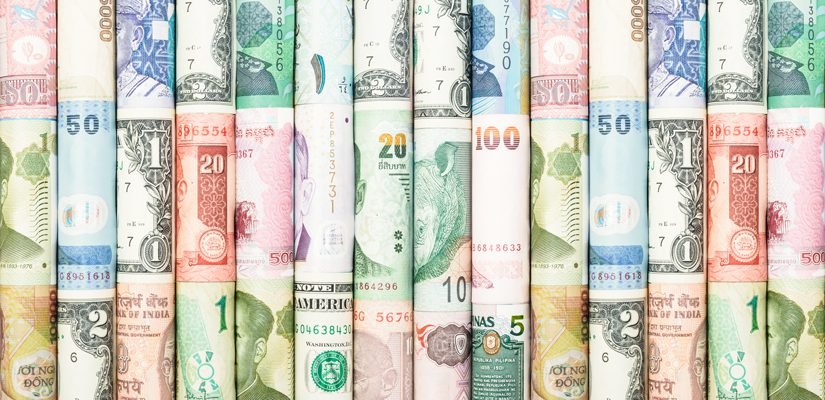September 28, 2023
New Delhi, India
USDINR
The USD/INR pair began trading at approximately 83.34 on the October futures, with the spot market around 83.23. The rupee weakened due to month-end dollar demand and rising U.S. Treasury yields. Global indicators favor the USD/INR, with the U.S. Dollar Index reaching multi-month highs and U.S. bond yields at their highest levels since 2007. As the market approaches historical highs near 83.29, central bank intervention is expected, but a breakout above this level could trigger short-covering and drive prices higher. Traders are advised to exercise caution, looking for either a clear breakout above 83.30 or a retracement to the 83.00/83.10 levels.
Yesterday, USD/INR experienced a decline of 0.07%, closing at 83.24. This depreciation was attributed to month-end dollar demand and the rise in U.S. Treasury yields. Additionally, there were indications that the U.S. Federal Reserve might consider further rate hikes due to the resilience of the U.S. economy. S&P retained its growth forecast for India at 6% but anticipated higher inflation without any rate cuts this year.
GBPINR
The British Pound (GBP/INR) also faced a decline of 0.46%, closing at 101.04.
GBP/INR faced downward pressure due to weak economic data in the UK and the Bank of England’s rate decision. Rising U.S. bond yields compounded these issues. While the medium-term outlook suggests a decline to levels around 98.50/99.00, short-term conditions indicate potential for a temporary rebound.
EURINR
The Euro (EUR/INR) saw a substantial decline of 0.56%, closing at 87.78.
EUR/INR was pressured by declining German business confidence and the European Central Bank’s potential policy shift. Economic conditions in the Eurozone compared to the U.S. have led to a weaker EUR/USD, further affecting EUR/INR negatively. The short-term outlook remains pessimistic.
JPYINR
The Japanese Yen (JPY/INR) weakened by 0.38%, closing at 55.79. It sank deeper into levels that could trigger government intervention.
JPY/INR weakened and approached levels that could trigger government intervention, influenced by the BOJ’s monetary policy stance and slowing headline inflation in Japan.
In summary, the USD/INR maintains its strength amid favorable conditions, GBP/INR faces downward pressure, EUR/INR remains bearish, and JPY/INR approaches intervention levels.



